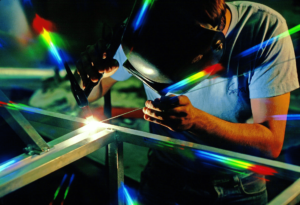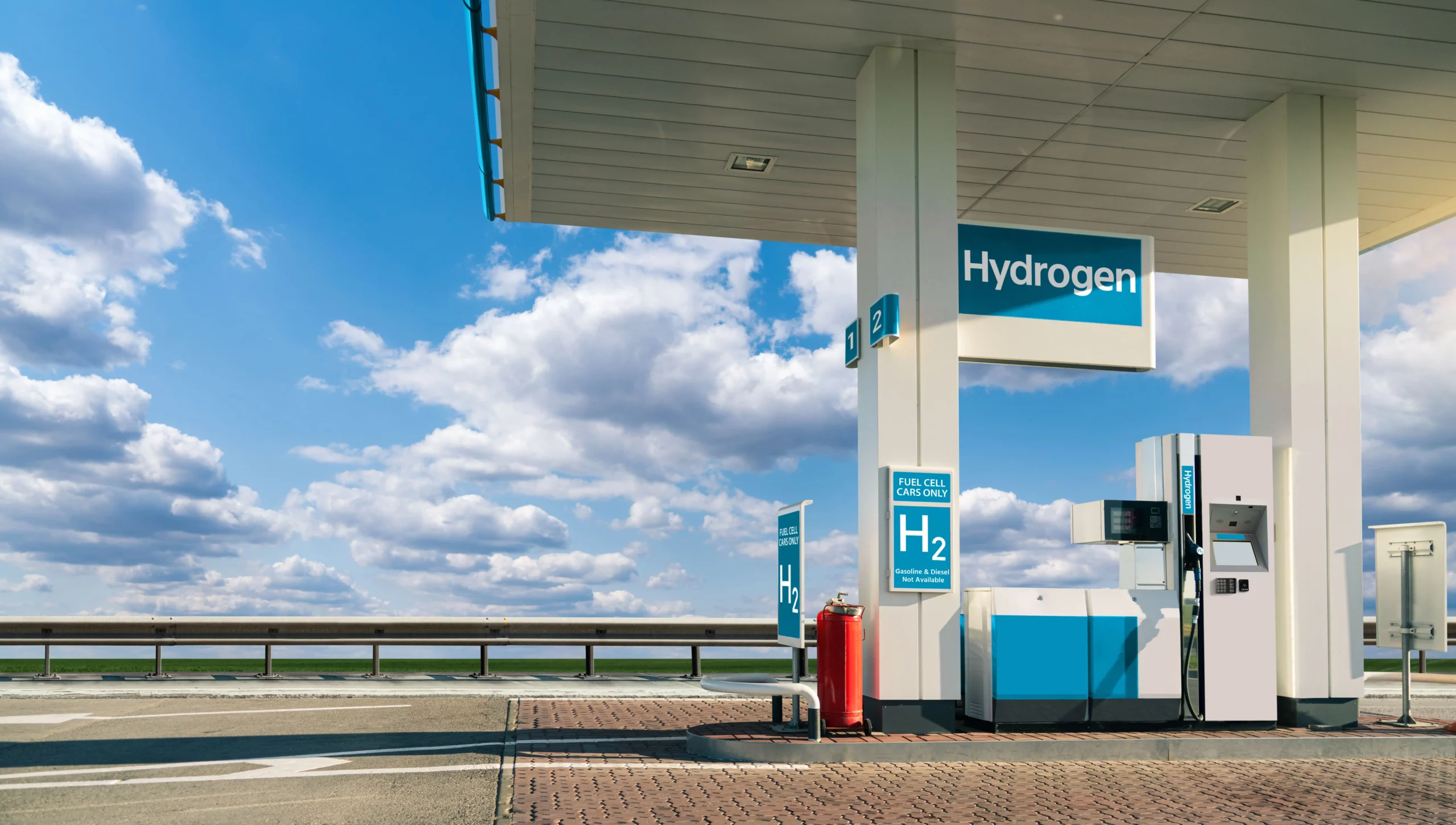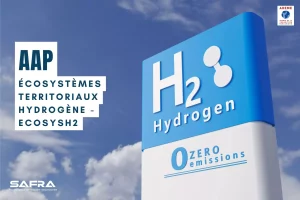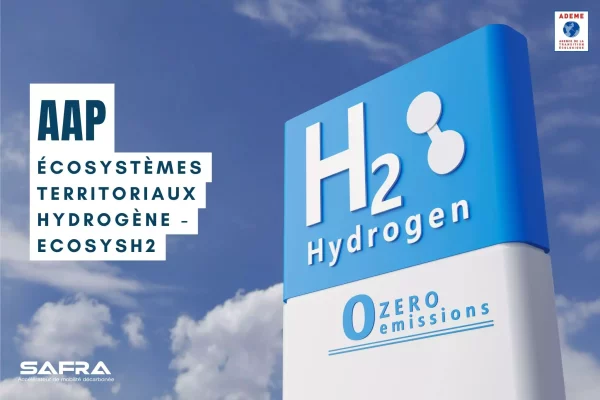
Emmanuelle Saux
What is a retrofit?
Retrofitting, or modernizing coaches with hydrogen technologies can be an interesting solution for public transport fleets wishing to reduce their environmental footprint. Let’s discover in this article how this technique is interesting to accelerate the decarbonization of transport vehicles, and how to proceed to carry out this transformation, in compliance with the regulations in force. retrofit hydrogen coach
Why is the retrofit interesting?
There are several advantages to retrofitting a bus. Economic, of course, since the cost of the retrofit is lower than the purchase of a new hydrogen vehicle, but also ecological, since the retrofit extends the life of the vehicle. These vehicles are often only 7 years old, and their only defect is that they meet the Euro 5 standard. The replacement of the vehicle is thus postponed by several years, and the same vehicle will finally be able to circulate in Low Emission Zones (LEZ) on which it could not circulate before. The modifications only affect the engine system, so most of the on-board components and systems, such as the running gear or the ticketing equipment, do not have to be reinstalled.
Furthermore, the impact of retrofitting on polluting emissions is very interesting. According to an ADEME study conducted in March 2021, retaining a coach by replacing its diesel engine with a new zero-emission electric unit would reduce its polluting emissions by 87%.
The interest of the hydrogen retrofit compared to the electric retrofit is also its simplicity of operation. On a hydrogen bus, refueling is done in only 15 minutes, i.e. as quickly as with a diesel model. This would not be the case with a battery electric architecture that could not offer the same autonomy under identical service conditions.
Finally, retrofitting a hydrogen bus is also a relevant solution because there is no new hydrogen-powered bus on the market yet. To optimize an existing hydrogen station, the interest of switching a large part of its vehicle fleet (buses, intercity coaches, tippers or light vehicles) to this motorization is therefore very useful in order to optimize the hydrogen produced.
0
%
of GHG reductions compared to keeping the vehicle on diesel
According to ADEME, and based on the assumptions made, the calculation of the TCO over ten years of operation gives an average cost of : – 0.84 EUR/km in the scenario of extending the diesel vehicle for ten years, – 0.90 EUR/km in the scenario of an electric retrofit of a diesel vehicle – 1.39 EUR/km in the scenario of scrapping and then buying a new electric vehicle
How do you retrofit a coach with hydrogen?
There are several ways to retrofit a bus with hydrogen. The most common is to replace the combustion engine with a fuel cell engine, which uses hydrogen as fuel and produces electricity to power the electric traction motor. This solution provides the benefits of hydrogen while avoiding greenhouse gas emissions.
It is also possible to retrofit a coach by simply adding a hydrogen storage and distribution system, which can be used as fuel for the existing engine. This simpler and therefore less expensive solution does not reduce greenhouse gas emissions as significantly as replacing the engine, since the internal combustion engine will continue to emit nitrogen oxide, unlike the retrofit system with a fuel cell.
In the H2-PACK® retrofit kit developed by SAFRA, the technique consists in replacing the thermal drive train by a 100% electric drive train powered by a hydrogen fuel cell. The installation of this H2-PACK kit includes: removal of the engine and tanks, installation of a new energy chain, in compliance with regulatory constraints, connection to the existing traction chain, integration of new computers and software, interfacing with existing equipment, and of course the approval of the transformations according to the technical and administrative provisions of the decree of March 13, 2020.

How to power this retrofitted coach?
It is important to note that retrofitting a bus with hydrogen requires the installation of a hydrogen refueling station, or at least a storage station, which must be located near the bus depot to ensure efficient use. As for any hydrogen mobility project, it is of course necessary to keep in mind that a whole hydrogen ecosystem will be set up (see our blog article “designing your hydrogen ecosystem”), to supply a whole series of vehicles, with a strategic geographical position.
In the case of intercity buses, the retrofit project is part of a complete ecosystem of the region that owns these vehicles and organizes transportation. It is very often implemented with other vehicles such as garbage trucks or service vehicles, in order to optimize the use of the hydrogen produced.
In addition, it must be integrated into the project that the production of hydrogen requires electricity, and that the source of electricity used to produce the hydrogen can have an impact on its overall carbon footprint. However, if the hydrogen is produced from renewable energy sources, such as solar or wind power, then the overall carbon footprint of the hydrogen retrofitted bus becomes very low.
Is it possible to modify the engine of a vehicle on the road?
Retrofitting a coach is possible today because the regulations have recently evolved and allow the modification of the engine of the vehicle concerned.
Indeed, since 2020, the French regulation has put in place a decree (cf. Decree of March 13, 2020) on the conditions for the transformation of vehicles with combustion engines into battery or fuel cell electric engines.
In concrete terms, the text sets the legal framework allowing authorized professionals or manufacturers to carry out the operation of adapting the powertrain, in order to modify the energy source, without jeopardizing the original balance of the vehicle components. This decree authorizes and regulates engine modifications without having to request authorization from the original vehicle manufacturers.
From now on, after an approval process in accordance with the decree, manufacturers will be able to offer vehicle conversion devices.
Of course, in order for the conversion to be approved, they will have to be transformed by a qualified retrofit professional, previously declared by the manufacturer and evaluated by UTAC.
Order of March 13, 2020
The order of March 13, 2020 defines the conditions for the approval and installation of devices for converting vehicles with internal combustion engines into battery or fuel cell electric engines.
It concerns thermal vehicles registered in final series, which are not classified as collector vehicles and whose first registration is :
- More than 5 years old for motor vehicles designed and built for the transport of persons and having at least four wheels (category M) as well as for motor vehicles designed and built for the transport of goods and having at least four wheels (category N)
- More than 3 years for two- or three-wheeled motor vehicles and motor quadricycles (category L)
The installer must be in France. The National Vehicle Reception Center (CNRV) approves the prototype.
In summary
Retrofitting coaches with hydrogen is a very interesting solution to accelerate the decarbonization of coach fleets and thus help transport networks reduce their environmental footprint. It also extends the life of the vehicles and is therefore a virtuous practice from an environmental point of view because it saves materials that would be used to manufacture a new vehicle, and thus participates in the development of a circular economy in the world of transport.
You liked this article, do not hesitate to share it on social networks
Facebook
Twitter
LinkedIn
Email
Print
Other articles you might like
Circular mobility: Refurbishing to consume less
•
1 September 2023
In a world facing ever more pressing environmental issues, transition
Call for projects: accelerating collective intelligence
•
1 July 2023
“A stone has no hope of being anything other than
A new enemy in the air: the nanoparticle
•
1 June 2023
The fourth leading cause of mortality in the world, air






